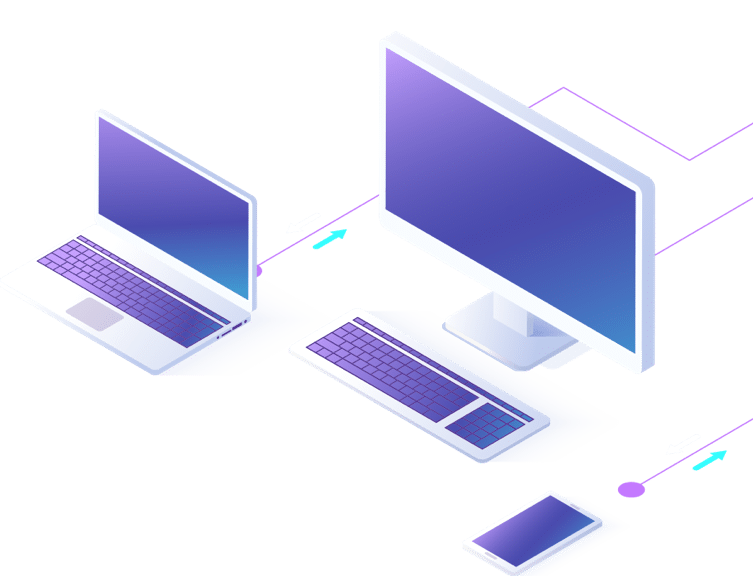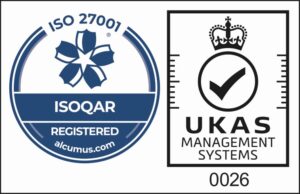Navigating Calamities in the Digital Age: The Blueprint for Disaster Recovery & Business Continuity
In today’s digitized world, the vast majority of business operations are underpinned by IT infrastructure. From financial transactions to customer communications, the smooth operation of these systems is critical. Yet, they remain vulnerable to a host of threats. This is where the concepts of Disaster Recovery (DR) and Business Continuity (BC) come into play, ensuring businesses remain resilient in the face of unforeseen challenges.
Understanding the Terms:
- Disaster Recovery: DR focuses on the restoration of IT systems following a disruption or disaster. It entails strategies and processes that help in the quick recovery of data, applications, and hardware.
- Business Continuity: While DR is a subset of BC, the latter encompasses a broader approach, ensuring that essential business functions can continue during and after a disaster. This includes everything from maintaining supply chains to ensuring employees can keep working.
Why are DR and BC Crucial?
Financial Implications: System downtimes can lead to significant financial losses due to halted operations and potential lost sales.
Reputation Management: Prolonged downtimes can erode customer trust and damage a business’s reputation.
Regulatory Compliance: Many sectors have strict regulations requiring companies to have DR and BC plans in place.
Key Components of an Effective DR and BC Strategy:
Risk Assessment: Identify potential threats and vulnerabilities. These can range from natural disasters to cyberattacks.
Business Impact Analysis (BIA): Understand the potential consequences of a disruption. Which processes are most crucial? How long can you afford to have them down?
Data Backup Solutions: Regularly back up critical data to secure locations, whether on-site, off-site, or in the cloud.
Recovery Point Objective (RPO) and Recovery Time Objective (RTO): Determine acceptable data loss (RPO) and the maximum time to restore operations (RTO).
Regular Testing: Conduct regular drills to test and refine the DR and BC strategies.
Modern DR and BC Solutions:
- Cloud-Based Recovery: Many businesses are turning to cloud-based solutions for their DR needs due to scalability, flexibility, and cost-effectiveness.
- Automated Failover: Systems automatically switch to a standby system when a primary system failure is detected.
- Remote Work Capabilities: Ensuring employees have the tools and access to continue working remotely can be crucial for business continuity during certain disasters.
Challenges in Implementing DR and BC:
- Budget Constraints: Comprehensive DR and BC solutions can be expensive, but the cost of not having them is typically much higher.
- Rapid Technological Changes: As technology evolves, so do potential threats, requiring DR and BC strategies to be regularly updated.
- Human Error: Employees need proper training. An oversight or mistake can lead to system vulnerabilities or failures.
Disasters, whether natural or man-made, are inevitable. However, their impact on business operations isn’t. With robust disaster recovery and business continuity plans in place, companies can ensure resilience and reliability in an unpredictable world.




